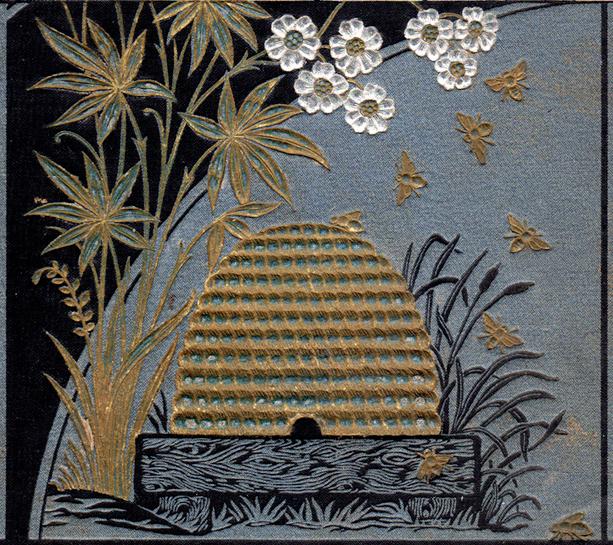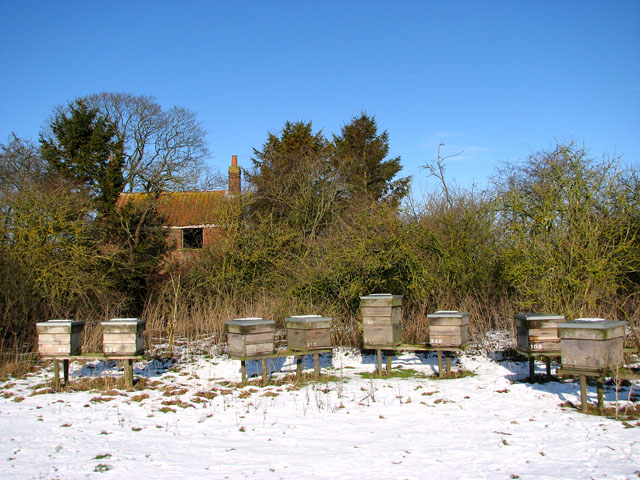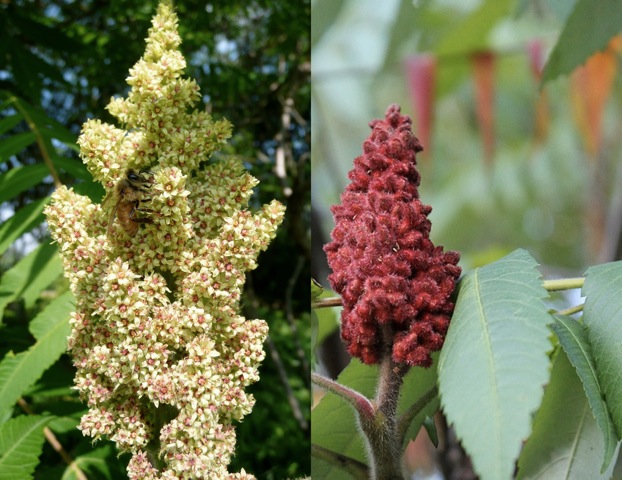The Turning of the Year

From the cover of an old scrapbook, found at justsomethingimade.com
In the old days in many parts of England and Scotland, it was said that honeybees hummed in their hives exactly at midnight on Christmas eve — some even said they sang a Christmas hymn. This belief also existed in France, Belgium, Switzerland, and Germany. (See The Sacred Bee: in Ancient Times and Folklore. Hilda M. Ransome. Dover Publications, 2004.) It may have originally been associated with the Winter Solstice.
Perhaps you would like to go out at midnight on either the Solstice — which occurs this year on Friday, December 21, at 6:12 a.m. EST — or, on Christmas Eve… you choose! And put your ear to the hive to see if the bees are singing!
Warm wishes for a sweet holiday season and a Happy New Year.
Annie Watson

